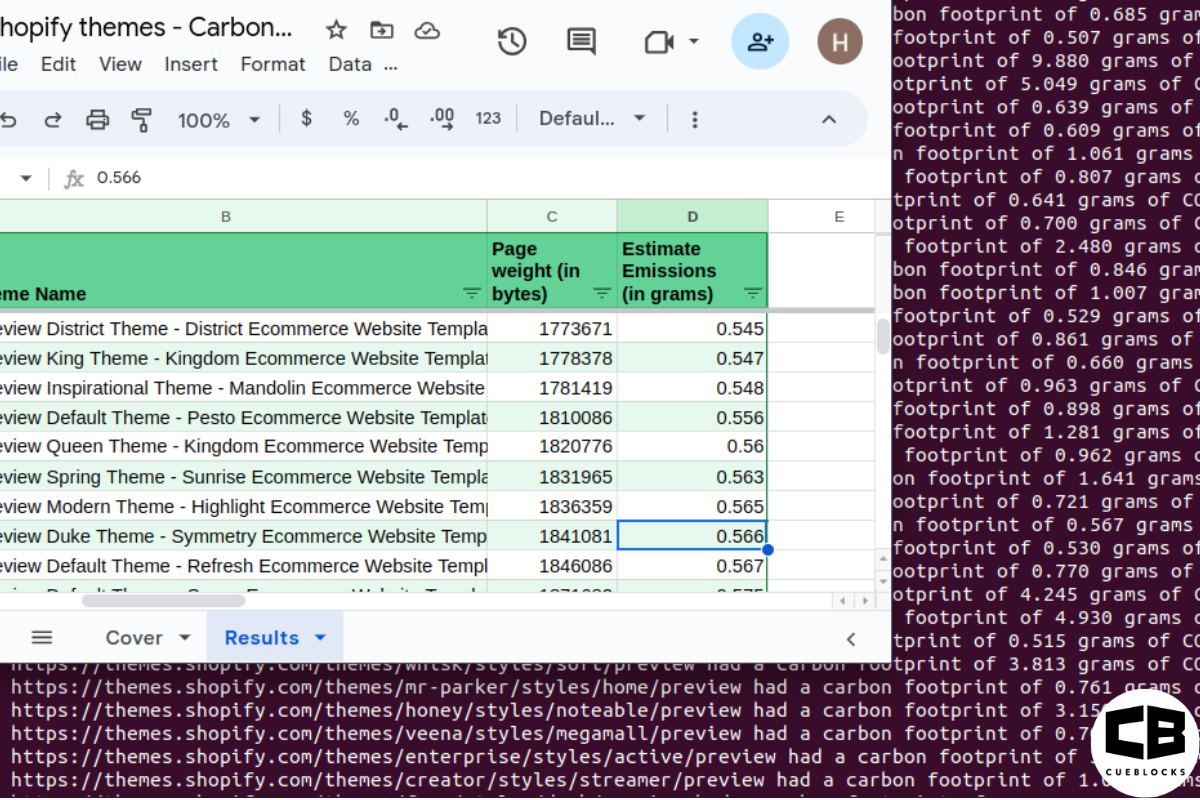
A Pocket-Guide To Top 5 Classic Productivity Techniques
Do you often find yourself looking daggers at the wall clock? Like really, where does all the time go? One moment you have 2 hours and umpteen plans in hand; the other you’ve nothing (except failed plans, of course)!
If you often get sucked into the black hole of your thoughts, only to find time disappearing like a wicked witch, you are not alone! Time is an enemy of many. But it can be your friend. The catch is if you really want it to be.
To work with time rather than struggling against it is an art that you can learn by applying some revolutionary productivity techniques. We have listed 5 such techniques below; all tried and tested by many!
You stand next.
Ready?
Note: Once you get to know these techniques up and personal, make sure you apply them too. Merely knowing these techniques would do no good. Implementation is the key to Good, Productive Times.
Eat The Frog Technique
Eat the frog technique gets its name from a quote by the renowned American author Mark Twain. “If it’s your job to eat a frog, it’s best to do it first thing in the morning. And if it’s your job to eat two frogs, it’s best to eat the biggest one first.”
But what’s this frog, you’ll ask!
It is the biggest and the scariest task of the day that you will have to gobble down (complete) right after you begin work.
We understand it isn’t as easy-breezy as it sounds but once you start experimenting, the results will amaze you beyond words.
How Does Eat The Frog Technique Work?
You’ll have to identify the most difficult task on your to-do list and deal with it before doing any other work. Procrastinators might get little panic attacks here but we’ll like to reiterate that the after-results will leave you in unexpected bouts of happiness. It’s on our Number 1 position for a reason. You should totally give it a try!
With the most difficult work of the day done away with, you can plan other tasks the way you want to, without something hanging over your head. It’s a soothing feeling.
Whom Does It Work Best For?
- Procrastinators.
- People who find it difficult to prioritize work.
Pros
- Gives a sense of achievement as the most difficult work gets completed first.
- Reduces stress levels for the entire day.
Cons
- Emotionally challenging.
- Following this with consistency is difficult.
The Pomodoro Technique
An Italian word for tomato, the Pomodoro Technique was developed by Francesco Cirillo after he used a tomato timer to measure his 25-minute sessions. Talk about doing something randomly and it turning into a sensational move. Pure stroke of luck!
How Does The Pomodoro Technique Work?
Under this technique, you are supposed to work on a particular task or group of smaller tasks in 25-minute chunks and take a 5-minute break after its completion. Once 4 such 25-minute sessions are complete, you can take a longer break of 15-20 minutes.
25 minutes of Work + 5 minutes of Rest = 1 Pomorodo
The idea behind this productivity-enhancing method is to give undivided attention to the work at hand. It helps maintain a balance between grasping information and absorbing the same. In case you feel you have tasks that you can complete in under 5-10 minutes, club 2-3 such tasks.
Whom Does It Work Best For?
- People who want to do a lot in short intervals of time.
- Those working in creative & technical fields (writers, designers, coders, etc).
- People who have repetitive tasks to do like wading through the inbox.
- Easily distracted minds.
Pros
- Builds mindfulness & increases focus.
- Amplifies joy because of the breaks.
- Maintains a healthy balance between work and breaks.
Cons
- Difficult to fit tasks in 25-minute slots.
- Doesn’t allow getting deep into the task at hand.
The 80/20 Rule or The Pareto Principle
You’ll be surprised to know that this 80/20 rule applies to almost everything in life. Look at your teammates – 20% of people do 80% of work. Look at the night sky – You mightn’t know but 20% of stars do 80% of shining. 20% of crops yield 80% of the food.
Likewise, 20% of your tasks give 80% of the results.
We are stating facts here!
How Does The 80/20 Rule or The Pareto Principle Work?
Because 20% of your tasks hold the utmost value, you’ll have to see what tasks these are. If you can figure this out, consider yourself halfway through the process. For the other half, strengthen your willpower and actually get onto doing the work you’ve shortlisted.
Please note that you should devote 80% of your day to the prioritized 20% of tasks to see the magic of productivity unfurl. Then, you can shift to the work that is lower on the priority scale and manage those accordingly.
Whom Does It Work Best For?
- Entrepreneurs
- Freelancers
- Team Leaders
Pros
- Helps get people a lot more productive.
- Makes you prioritise work efficiently.
Cons
- Needs a lot of time planning and analysing.
- Becomes a problem if you can’t prioritise work.
Task Batching
While washing clothes, do you wash one piece of cloth, set it to dry, wrap, and place it in the right cupboard before taking up the other pieces? No. You wash them all together and do all the subsequent tasks one after the other with all the pieces of clothes, right?
This simple thing is known as task batching.
How Does Task Batching Work?
It’s in the most simple things that complexity slyly resides. So, even though this technique sounds easy, a lot of work goes into it. You’ll have to begin with writing all the tasks that you need to do. Then, group them together based on their similarities. After completion of each task batch, you can take a break of 10 minutes.
To ease things out, you can also rank them on the basis of their difficulty. For tasks having a difficulty level above 3, take a break of 15-20 minutes after completion.
This will help you efficiently do the tasks without being distracted.
Whom Does It Work Best For?
- People who get intimidated by bigger projects.
- Those who switch a lot of tasks.
- People who get distracted easily.
Pros
- Writing all the tasks/ creating a to-do list can take a lot of time.
- Isn’t always sustainable.
Cons
- Leads to smoother, more consistent work.
- Saves energy that can be utilised in doing other tasks.
- Lowers the tendency to make mistakes.
Parkinson’s Law
Imagine you’re given 4 hours for a task that you can accomplish in one. 99.99% of people, in this case, will lose the motivation to give their best.
Why does this happen? Because, subconsciously, we get at ease and indulge in avoidable activities like time wastage, unnecessary internet scrolling, and procrastination.
But just like every problem, this has a solution too.
How Does Parkinson’s Law Work?
Parkinson’s Law states that “work expands so as to fill the time available for its completion!” Setting shorter deadlines go a long way. This is the only way out as it helps avoid going deeper into unwanted details and sticking to the things that are essential, making you more productive.
Whom Does It Work Best For?
- People who procrastinate.
- The ones with ample time at hand.
- People who like to laze around.
- People who are quick to start but slow to finish.
Pros
- Gives you challenges to accomplish.
- Lets you compete with yourself.
- Gets the work accomplished sooner.
Cons
- Leads to smoother, more consistent work.
- Saves energy.
- Lowers the tendency to make mistakes.
So, these were the top 5 productivity techniques that, if put to use, can increase your productivity 10x.
Ready to skyrocket productivity?
Get, set, go.
- About the Author
- Latest Posts
A writer by both passion and profession, Heena Ganotra is “half agony, half hope” but all heart. And oh, she has been a book lover from the start! Her love for books is what led to her making a career in the wonderful world of words. She loves what she does and is out-and-out a satisfied soul with a wish to spread happiness like herpes. 🙂
-
Evaluating the Carbon Emissions of Shopify Themes
by Harleen Sandhu
Committing to green claims as a business is a huge promise to deliver on. For ecommerce stores, Shopify is leading …
Continue reading “Evaluating the Carbon Emissions of Shopify Themes”
-
Dark Mode: Accessibility vs Sustainable Web Design
by BalbirIntroduction Dark mode, a feature that lets users switch the color scheme of an app or website to darker colors, …
Continue reading “Dark Mode: Accessibility vs Sustainable Web Design”
-
Discover Essential Sustainable Marketing Principles and Strategies for Ethical Business Growth
by Pancham Prashar
Given the major issues that our world is currently facing, such as pollution and climate change, sustainability becomes an inevitable …
-
Show, Don’t Tell: Demonstrating Transparency in Your eCommerce Store
by Pancham PrasharFor an eCommerce brand committed to good, success goes beyond creating excellent products; it extends to effectively communicating your values …
Continue reading “Show, Don’t Tell: Demonstrating Transparency in Your eCommerce Store”
-
How to Market Sustainable Products Effectively
by Nida Danish
In today’s market, sustainability has evolved from a passing trend to a pivotal consideration for both consumers and businesses. Globally, …
Continue reading “How to Market Sustainable Products Effectively”
-
Decoding B Corp Marketing Challenges: Strategies for Success
by Nida DanishToday, businesses place high importance on sustainability and ethical practices. For B2B and e-commerce leaders, being a certified B Corp. …
Continue reading “Decoding B Corp Marketing Challenges: Strategies for Success”





One Reply to “A Pocket-Guide To Top 5 Classic Productivity Techniques”